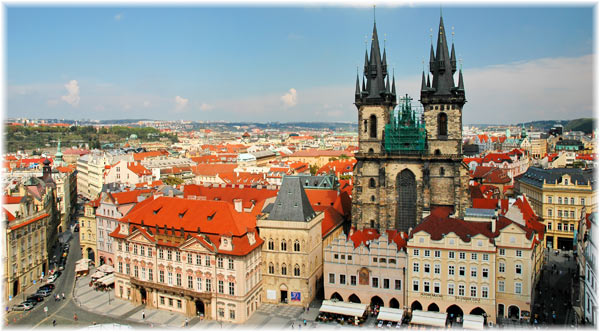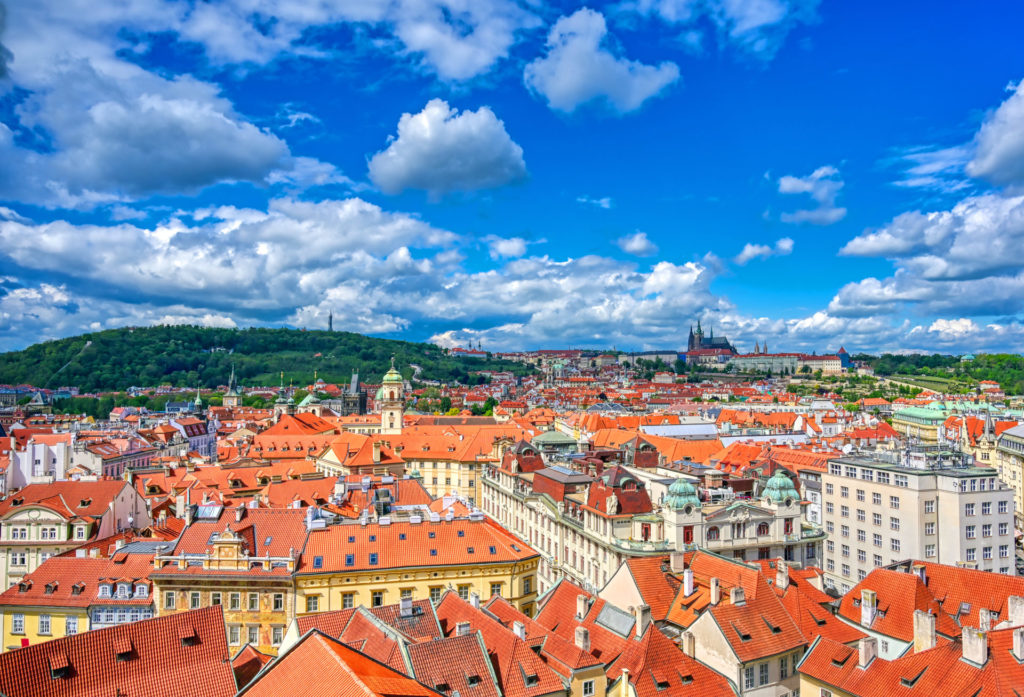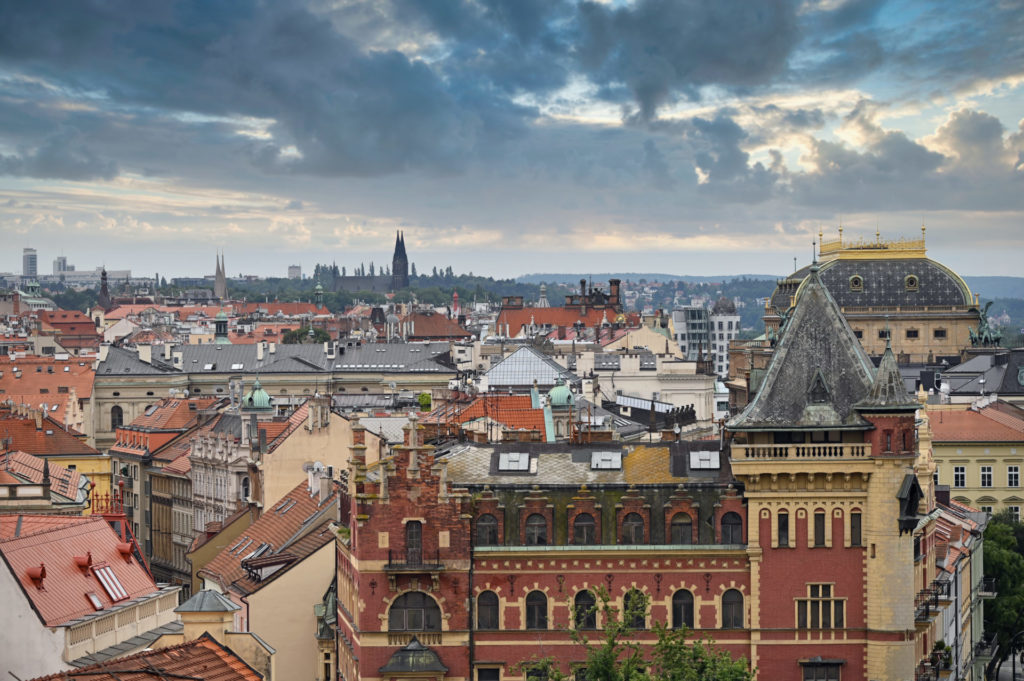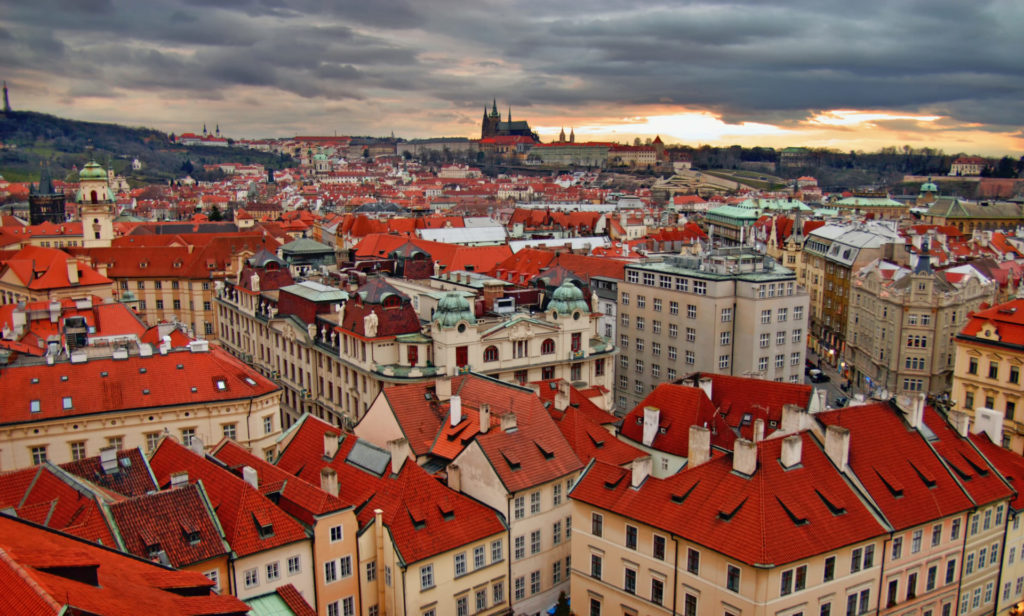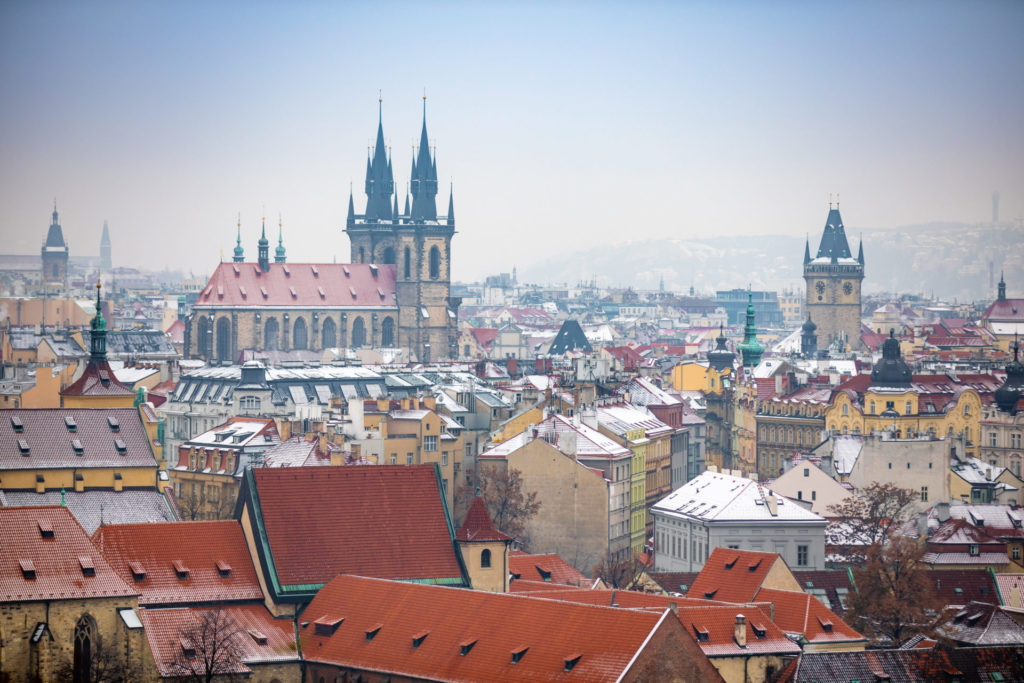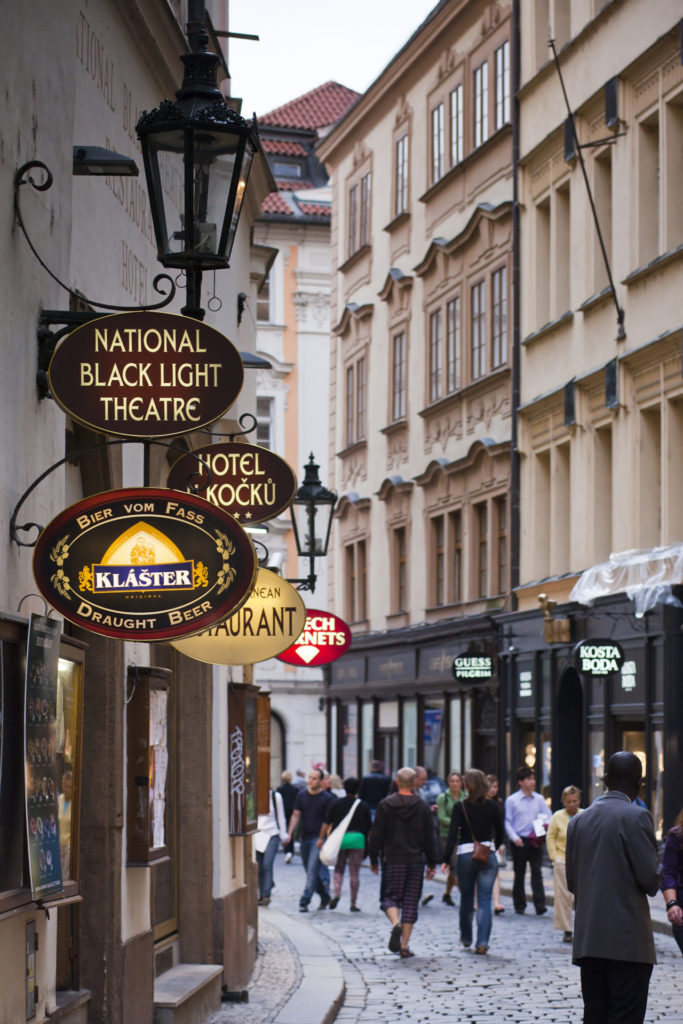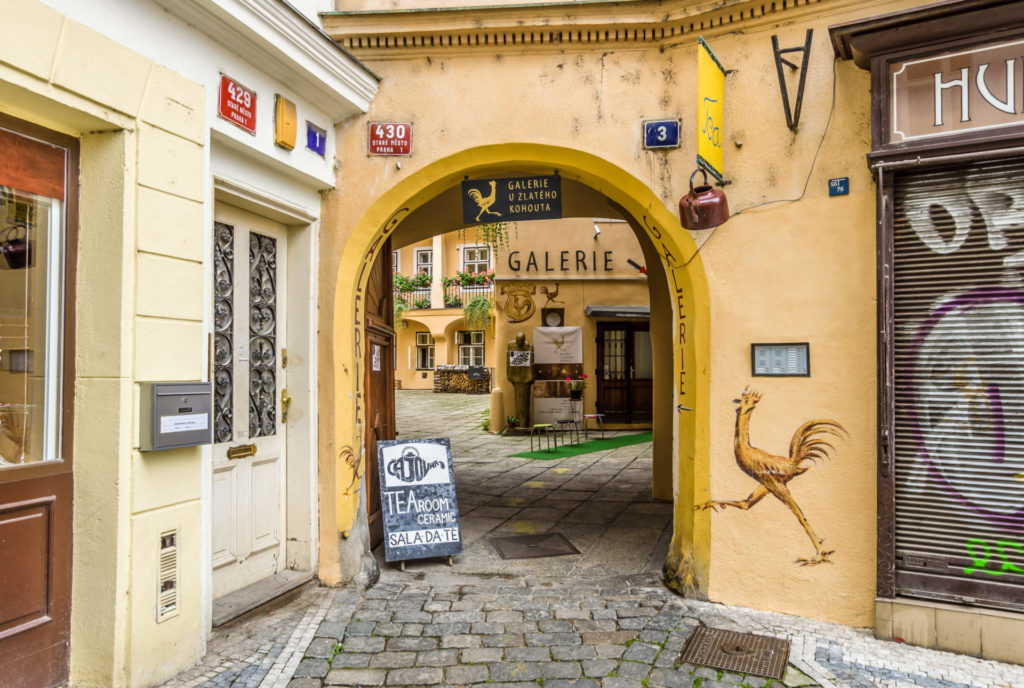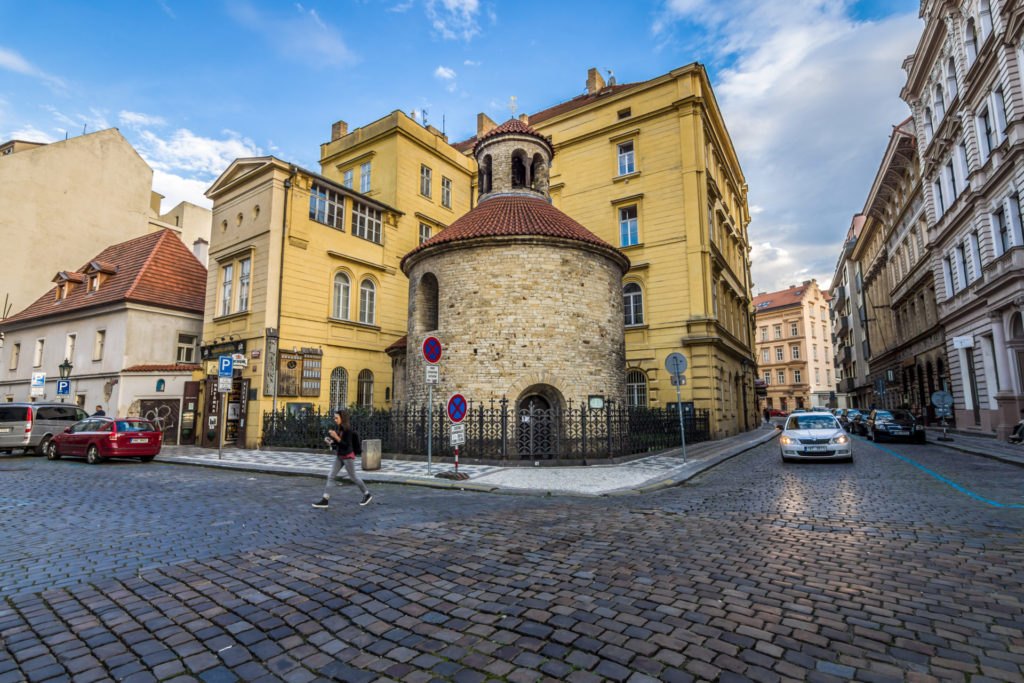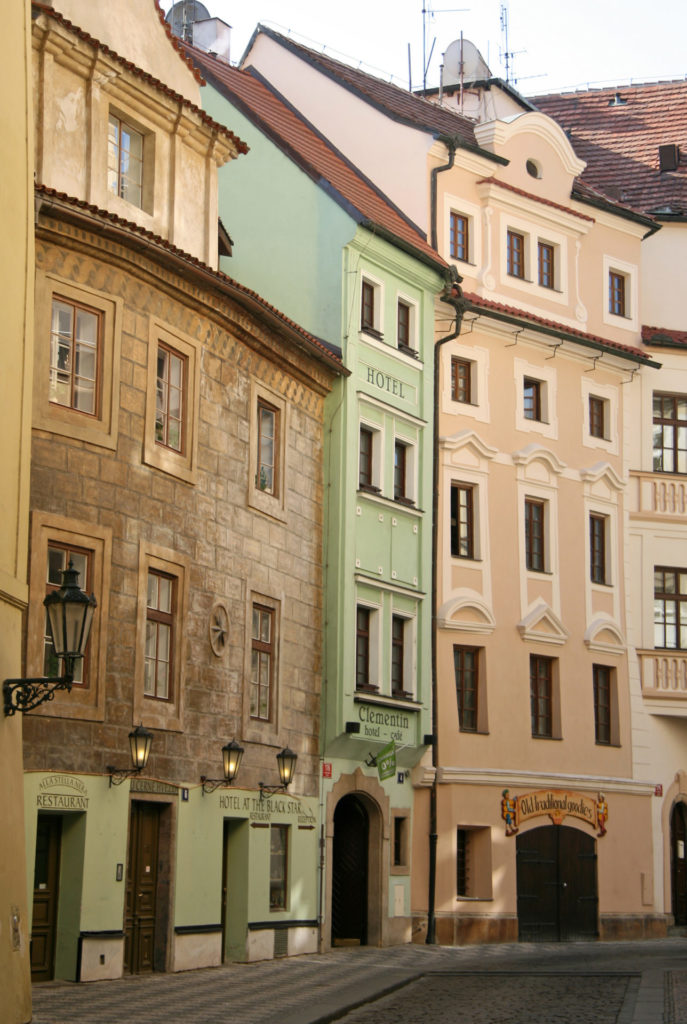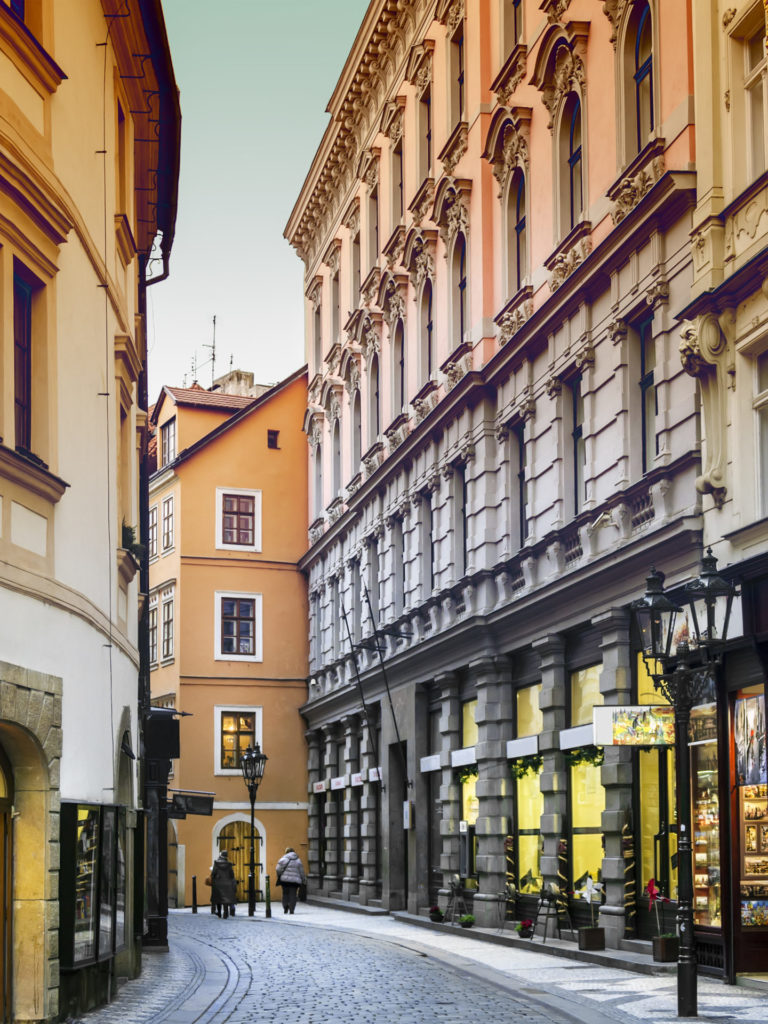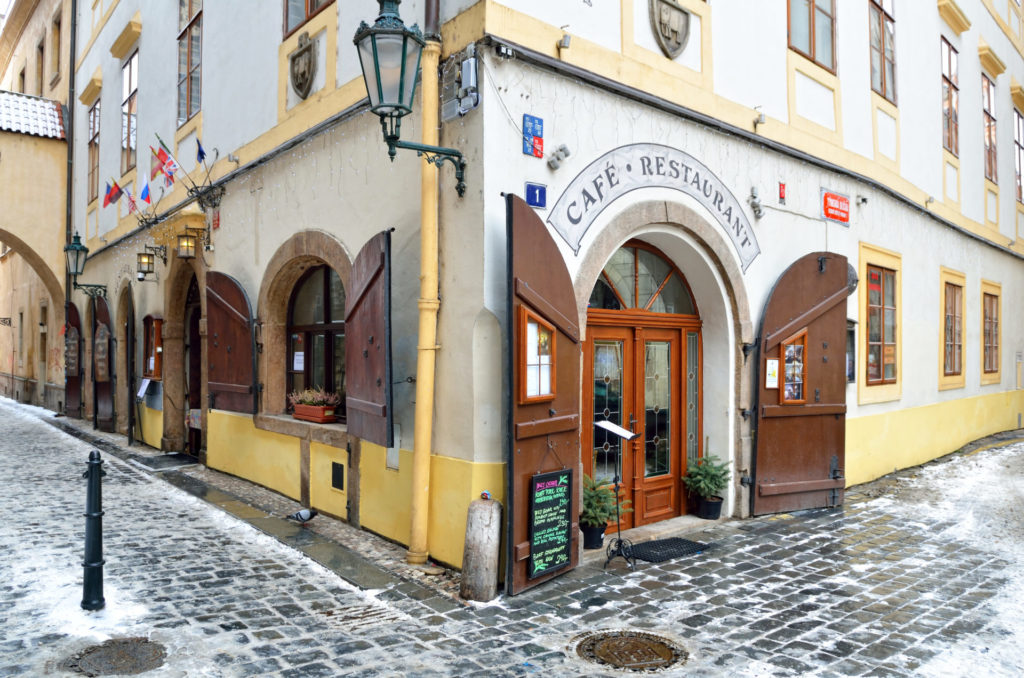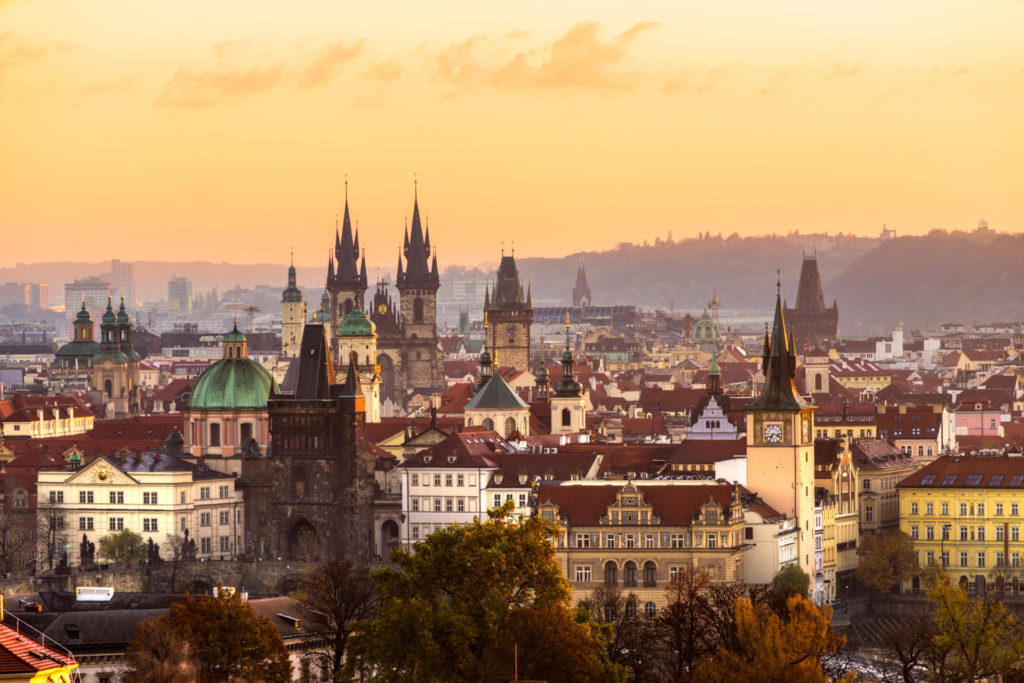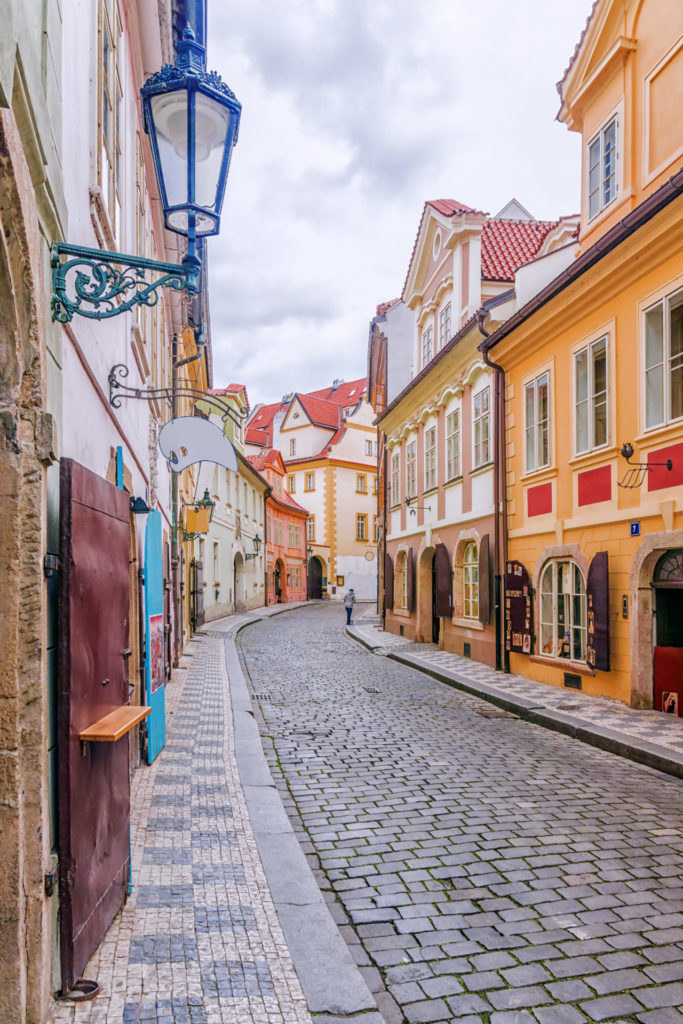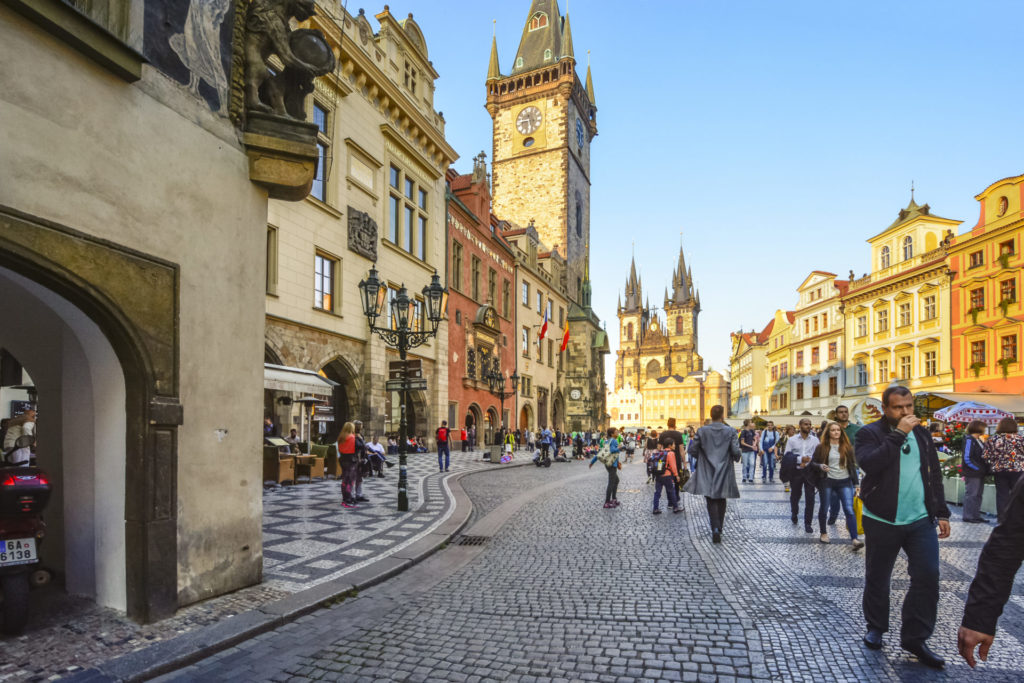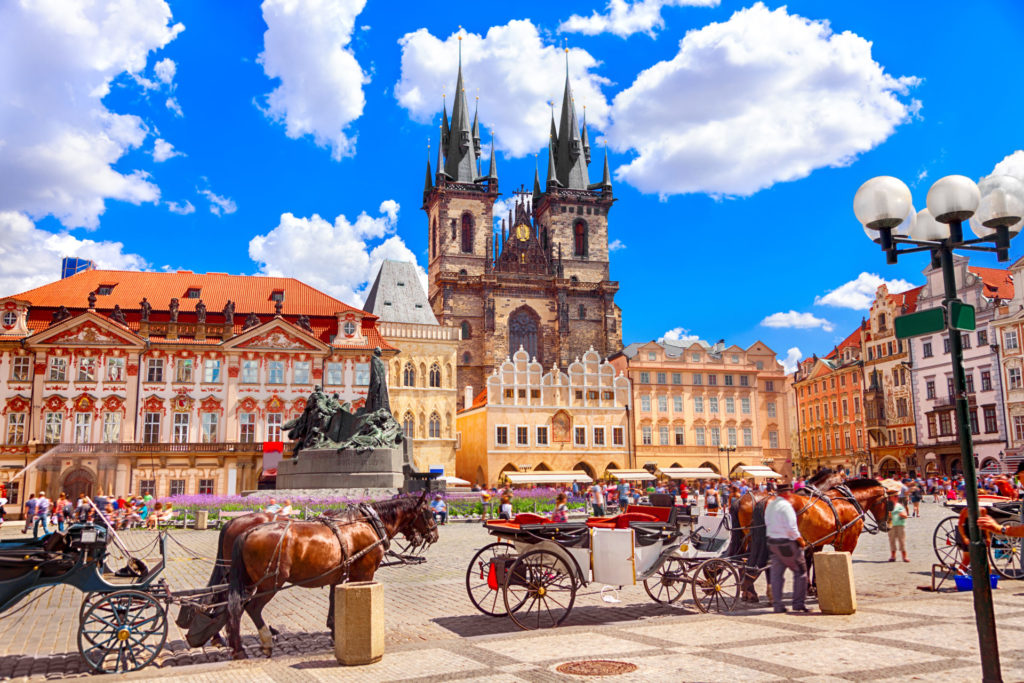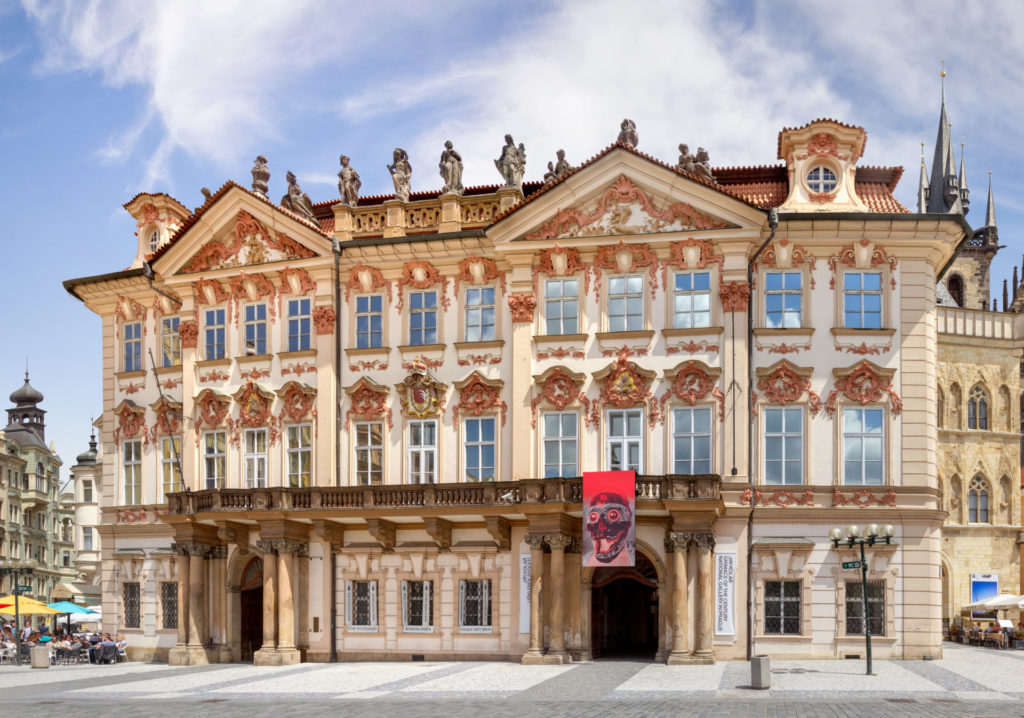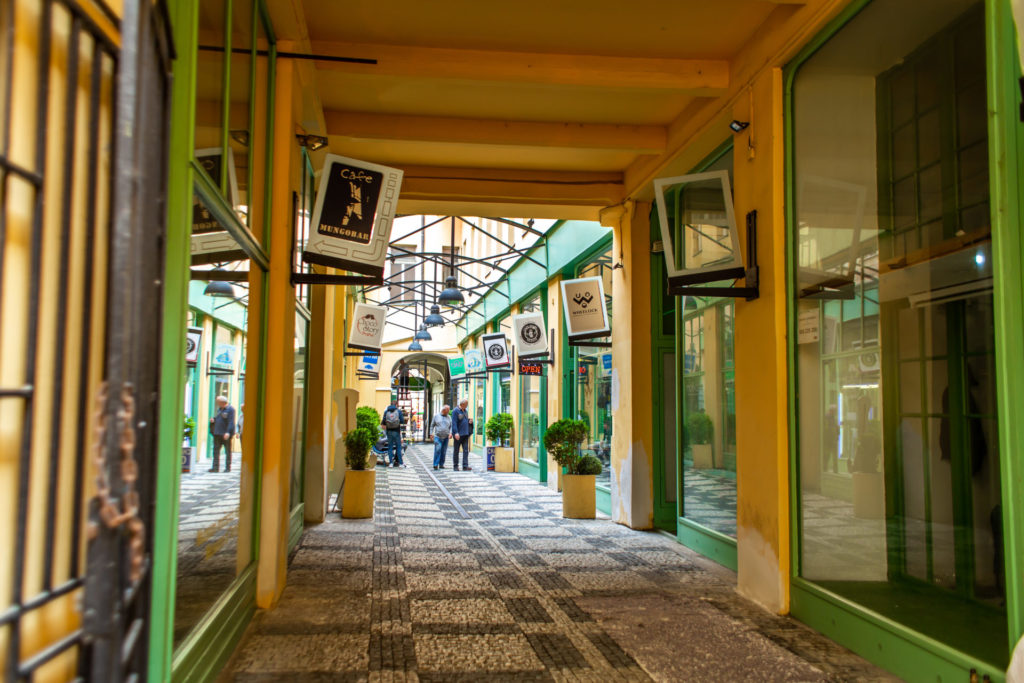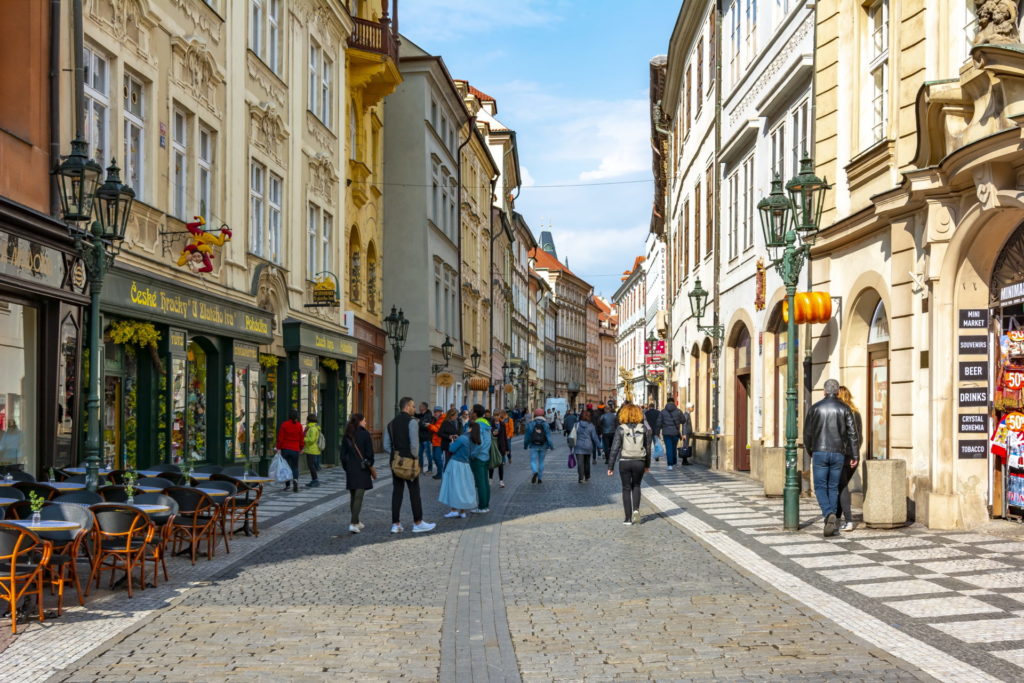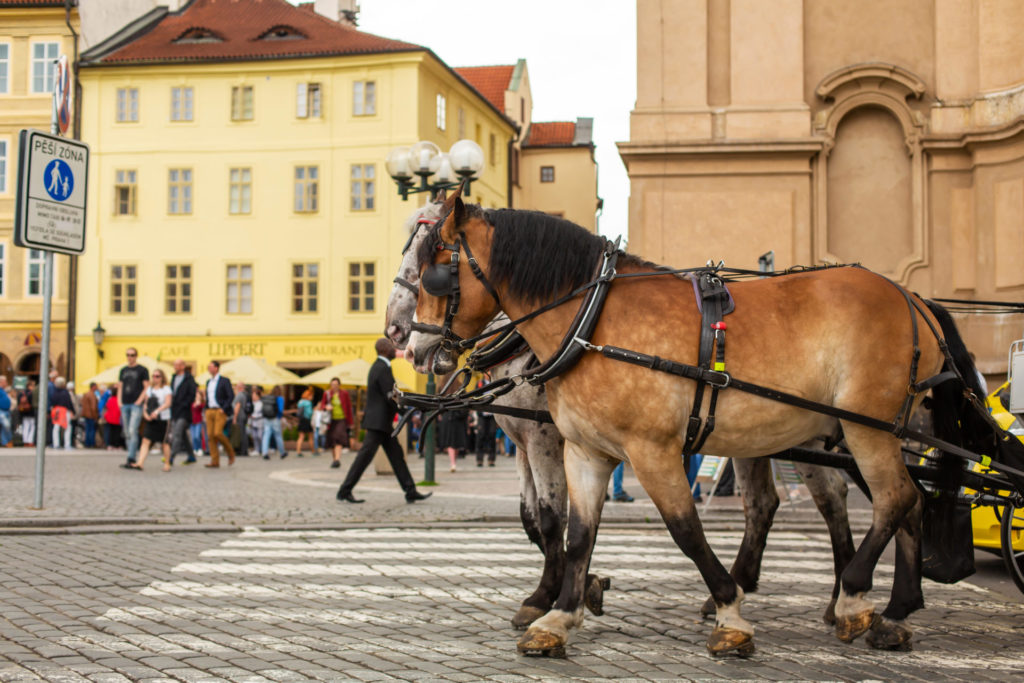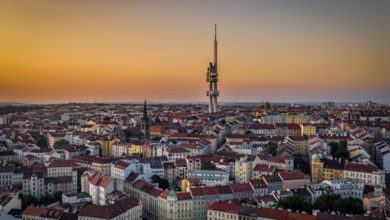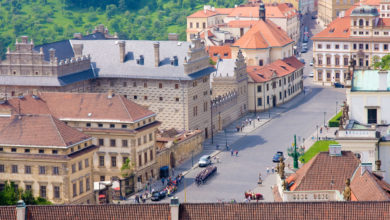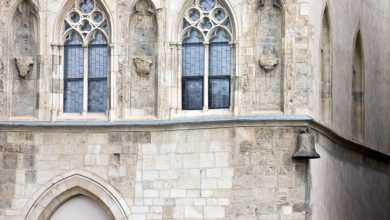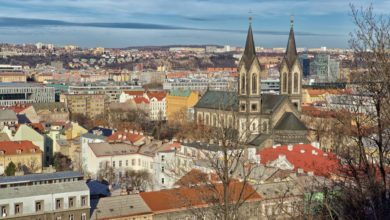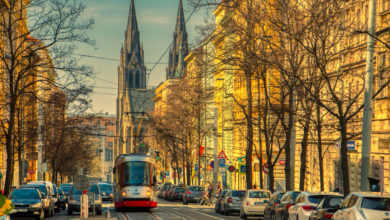The Old Town
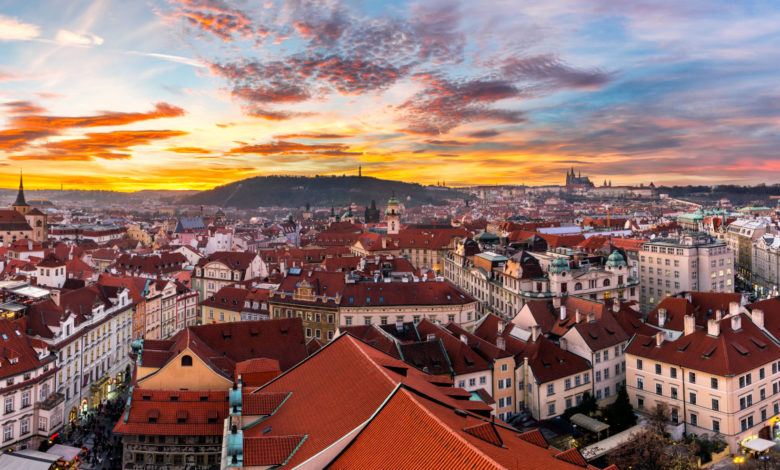
This is Prague’s most central area with the city’s most popular attractions. The busy restaurants, pubs, and shops are here. During the day, and even in the evenings, crowds of tourists fill its most-visited areas. Yet regardless of all the commercial activity, there are still plenty of small backstreets, giving the area a lived-in feel rarely found in European city centres. At the heart of the Old Town is the Old Town Square, Prague’s showpiece main square, easily the most magnificent in central Europe, and a great place to get your bearings before exploring further afield.
The Old Town (Staré Město) creation was consummated after 1230 by building fortifications around the town area. For two to three centuries, there have been settlements of merchants of Romance origin, Germans and Jews, surrounding the main Prague market. The consummation of these efforts was a legal unification at the end of the 13th century. The Major Town, as it was called at that time, was one of the biggest towns in Europe in respect to its size and economic advancement. After New Town, which literally encircled Old Town, was founded, a gradual decrease in the Old Town’s economic and political superiority over the other Prague towns started. However, this decrease was so slow, and the tradition was so firm that even in the year 1784 when Prague was united, Old Town Hall became the seat of the all-Prague administration.
Up until now, Old Town is regarded as the natural centre of Prague and Old Town Square (Staroměstské náměstí) is regarded as the centre of the city. However, what was limiting in the old times, that is, the impossibility for the people living in Old Town to expand constructionally appears from the present architectural point of view as a gift of incalculable value, which is confirmed by such historical monuments as Old Town Astronomical Clock (Staroměstský orloj), Church of Virgin Mary before Tyn, Powder Gate, Bethlehem Chapel, but above all, by the uniquely preserved mediaeval built-up area of the whole Old Town.
Get to the Old Town Square right before the hour if you wish to see the Astronomical Clock performing its hourly ritual. Crowds of visitors gather beneath the Old Town Hall Tower to watch the Astronomical Clock in action.
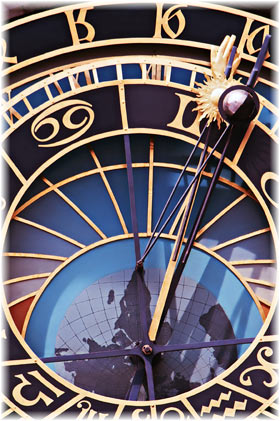
The oldest parts of the clock are the mechanical clock and astronomical dial, which both date back to 1410. It is estimated that the clock façade and calendar dial were added around 1490. The statues were added in the 17th century, and the Apostles were added during repair work from 1865 through 1866.
Getting Around Old Town
There’s basically no public transit in the Old Town as most streets are either pedestrianized or banned for buses and larger vehicles, except for residents and cabs. Hence, walking is the most common way to get around. Taking a taxi is an option, but it’s not worth the trouble due to the regular overcharging of tourists. It takes about 15 minutes to walk from Náměstí Republiky to Staroměstská. There are three metro stops in this area: most useful is Staroměstská (five minutes’ walk from Old Town Square), Náměstí Republiky (near Na Příkopě street and Palladium shopping mall), and Můstek (where Wenceslas Square meets Old Town).

